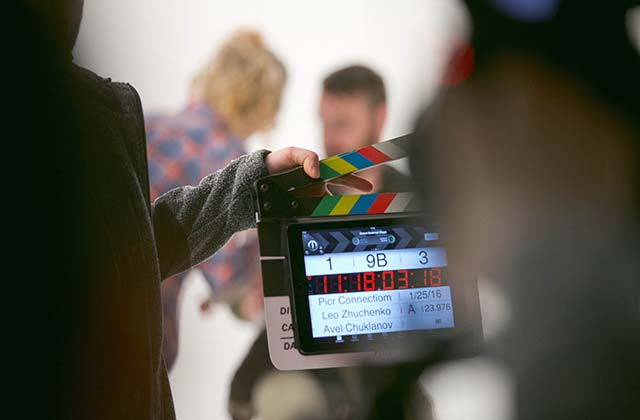
Cinematic styles are a way to categorize films by their visual and narrative elements. Many of these styles have been around for decades, if not longer. But they’re also constantly evolving to suit the needs of today’s filmmakers. Tv storyboard can adapt in any cinematic styles.
Here are some of the most popular cinematic styles:
Documentary (or “DIY”) – Documentaries are made up of footage shot by a camera operator or crew during a real event. The footage can be raw or heavily edited, depending on how much time and money is available to spend on editing it.
Non-fiction – Non-fiction means that there is no plot or characters in the film; it’s just facts about something. However, you can still use cinematic techniques like music and lighting to make your documentary more interesting!
Animation – Animation is pretty self-explanatory — it’s any movie where everything is drawn or computer generated instead of being filmed in front of a camera. This includes hand-drawn cartoons as well as CGI (computer graphics image) movies like Toy Story and The Incredibles that use animated characters but aren’t necessarily meant for children (unless they’re very dark). Animation lets filmmakers tell all sorts of stories from fantasy worlds with magic and talking animals to surreal.
If you’re a filmmaker, you’ve probably heard of the term “cinematic style.” But what exactly does that mean?
Cinematic style refers to the visual characteristics that make up a film’s look. These characteristics include color, composition and movement. Different film makers have different cinematic styles, which are often influenced by their culture, background and personal preferences.
The first thing to understand about cinematic style is that it is not simply one thing. There are many different types of styles, each with its own set of rules and guidelines. The most common types include:
Naturalistic Style – This type of cinematic style typically features close-ups and long shots, which help create a realistic feeling for the viewer. You’ll see this type of style used in documentaries and news broadcasts; it’s also common in dramas and comedies when there isn’t much action happening on screen at any given time. Naturalistic style can also be used as an alternative to other styles if you want your movie to feel like an ordinary experience for your audience instead of something special or extraordinary.
Exaggerated Style – This type of cinematic style usually involves unrealistic colors, excessive amounts of light or dark areas on the screen (known as high contrast), unusual angles, and fast editing.
Cinematic Styles Explained
When we talk about cinematic styles, we are referring to the way a film is shot and edited. There are many different types of cinematic styles and each one has its own benefits and drawbacks. Let’s take a look at some of the most common ones:
Documentary
A documentary is exactly what it sounds like – it’s a film that documents real life events or people. Documentaries are a great example of how cinematography can improve your story by showing your audience things they wouldn’t normally see in their everyday lives. Documentaries can be used for just about any kind of story and are often used in educational films or documentaries.
Traditional Narrative Film
A traditional narrative film is one where the events unfold in chronological order from beginning to end. There aren’t usually any flashbacks or dream sequences in this type of movie because those tend to confuse viewers and make it harder for them to follow along with the story line. This type of filmmaking is perfect for telling stories that need to be told in an orderly manner so that viewers understand exactly what’s happening (like if someone was telling you a story).
Naturalism
Realism is a style that strives for as much realism in filmmaking as possible, while still being able to tell a story. It’s used in documentaries and dramas alike, but is also quite popular in comedy. The goal is to make the viewer feel like they’re watching real people in real situations. The director only uses techniques that would be available to them in reality, so they might not have any music or sound effects during their scenes. This style doesn’t use any flashy camera movements or lighting techniques because they wouldn’t fit into our reality.
Classical Hollywood Cinema
This style became popular with the rise of silent film leading up to World War II. It’s characterized by having a clear beginning middle and end, with characters who clearly define their goals throughout the story and come full circle by the end (often due to conflict). These films usually have happy endings where everything works out for everyone involved (both major characters and supporting players).
The cinematographer’s responsibility is to capture the mood and atmosphere of the subject on film. Cinematography applies traditional photographic principles to moving images. In many cases the cinematographer will use lighting to enhance the emotional impact of a scene or message. Cinematography can be broken down into several categories: documentary, non-fiction, feature films, corporate videos, weddings and private events. Find out on how to choose scene for your movie.